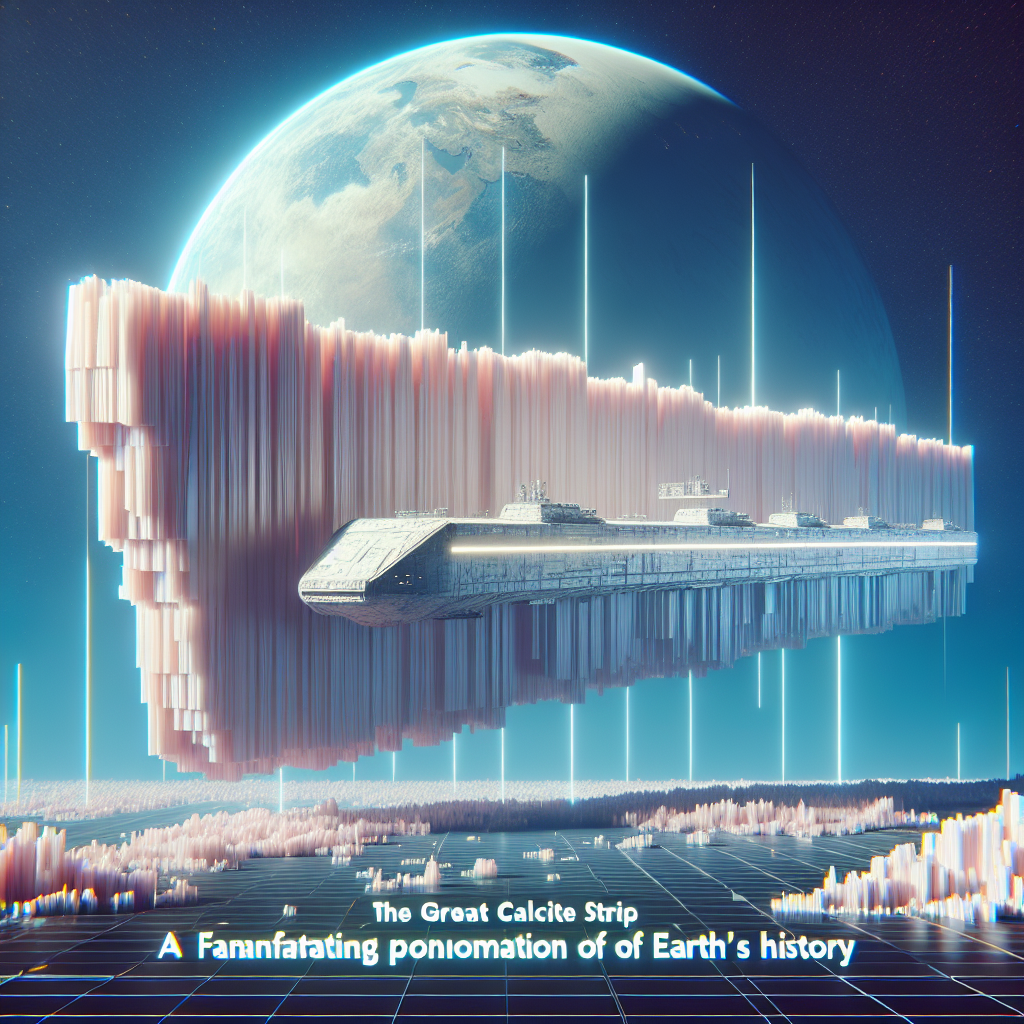Imagine a natural spectacle that's both dazzling and mysterious. The Great Calcite Belt, a vast and unusual swirl of oceanic goo, tickles both scientific fascination and environmental concern. Discovered in the Southern Ocean during a study in 2014, this ribbon of milky water stretches across thousands of miles and is packed with microscopic crystals of calcium carbonate. It dances seasonally, reflecting sunlight, altering ecosystems, and providing clues about the world's changing climate. The belt has been caught mingling with the unique oceanic ecosystems, and its white waters have made scientists ponder its whys and hows ever since.
At its heart, the Great Calcite Belt is a consequence of nature's often-overshadowed carbon cycle process. This phenomenon springs from a bloom of coccolithophores, single-celled algae that secrete calcium carbonate plates around themselves. These microscopic drifters float near the ocean surface and cover it with a reflective blanket, mitigating the sunlight reaching deeper into the ocean. What could easily be set aside as intriguing marine trivia holds deeper implications. It impacts the ocean's ability to absorb CO2, a critical factor in curbing global warming.
On one hand, nature’s creation gives awe-inspiring vistas but also tinkers with marine life balances. The sunlight dulled by this milky swathe impacts photosynthesis underwater, reshaping life webs influenced by sunlight. The fish and plants adapted to specific light and temperature conditions find themselves needing to adapt or give up. Hypothetically, if the belt’s impact grows due to increasing global temperatures or other factors, it could pose a serious threat to delicate marine ecosystems, urging urgent studies and conversations.
Participating in a dance between science and environmental advocacy, the Great Calcite Belt isn’t all negative. Its reflection of sunlight off the ocean surface is a subtle nod to the complex climate balancing act. With the growing conversation about climate change, this reflective feature seemingly aids in cooling attempts, albeit palely. Some pieces of scientific literature dare to imagine it as a natural counteraction to warming seas, though it’s a double-edged sword.
Communities along coastlines might barely know about the calcite belt yet are directly or indirectly affected by it. When coccolithophores die, their calcium-rich carcasses drift to the seabed, locking away carbon for centuries. This natural carbon sink is one of Earth’s ways to negate some of humanity’s carbon footprint. However, increased atmospheric CO2 due to human actions fosters the algae's prolific blooms, tying human impact tightly with natural responses.
While environmental trends might feel too abstract, the calcite belt links straight to human concerns like food security. Ocean life, from tiny plankton to the fish feeding billions, is intertwined with the Great Calcite Belt’s cycles. As fish resources shift with changing light and warmth, communities dependent on the seas for sustenance experience direct challenges. Policymakers, scientists, and environmentalists must engage in cooperative efforts to decipher this mystery and plan sustainably.
Of course, there are differing opinions on how much of a threat or asset the calcite belt truly is. Some argue for its potential to assist in climate regulation, a natural experiment in cooling the planet. Others emphasize the imminent dangers it presents to biodiversity. The debates are as dynamic as the ocean waves surrounding the calcite belt, showcasing nature’s ability to keep humanity guessing and humbly aware of our limited control.
For Gen Z and forward-thinking minds, the conversation surrounding the Great Calcite Belt embodies an important intersection of curiosity, geography, and responsibility. As stewards of the future, it’s essential to understand complex natural processes and their impacts on our daily lives. Whether it’s reading good scientific summaries or supporting environmental policy, every action adds a brushstroke to the large canvas of climate action.
The Great Calcite Belt invites us to marvel at and respect the planet’s intricate design while keeping our feet grounded in the knowledge that every reflective sheen of sunlit ocean is a call to protect our environment. There's an art to nature’s mechanisms, as captivating as a watercolor landscape, but it’s one that reflects back onto us the task of securing the Earth’s future.

